For years, the idea of an electrified 4X4 has been met with skepticism from off-road enthusiasts. Concerns about range, power, and practicality in rugged conditions made many assume that petrol and diesel would reign supreme forever. But Ford’s latest offering—the Ranger PHEV—is here to shake things up. With a price starting at $71,990, this plug-in hybrid ute brings instant electric torque, real-world fuel savings, and built-in campsite power solutions that could make dual-battery systems a thing of the past. Let’s break down why the Ranger PHEV isn’t just a gimmick—it might just be the smartest 4X4 buy on the market.
The Power to Go Anywhere
The first thing 4X4ers need to understand about hybrid tech is that it’s not about being soft or eco-conscious—it’s about raw power. And the Ranger PHEV delivers in spades. Its 2.3-litre turbocharged petrol engine is paired with a 75kW electric motor to produce a combined 207kW of power and a monstrous 697Nm of torque. That’s more power and torque than the 3.0L V6 diesel Ranger and a serious advantage when tackling tough terrain or towing heavy loads.
The beauty of an electric motor is that all that torque is available instantly. No lag. No waiting for turbos to spool up. Just pure, immediate grunt when you put your foot down. Whether you’re climbing a steep rocky incline, navigating deep sand, or towing a boat up a slippery boat ramp, the Ranger PHEV is going to make it feel effortless.
And it’s not just about off-road capability—this thing is quick. The instant torque means that even on-road driving feels sharper and more responsive, making overtaking a breeze and highway cruising more relaxed.

Cheaper to Run Than You Think
A hybrid 4X4 might sound like it’s built for economy, but the Ranger PHEV does it without sacrificing performance. With a claimed fuel economy of just 2.9L/100km, this ute can go further on a tank than any diesel counterpart. That’s a massive win for long-distance touring, where fuel stops can be few and far between. That fuel saving will save the average driver around $8,000 a year at the bowser too. Over a 5 year period the PHEV Ranger would be around $32,000 cheaper to run assuming $2 a litre for diesel.
Even better, when used in EV Now mode, the Ranger PHEV can run purely on electric power for short trips—perfect for sneaking out of camp early in the morning without waking the whole site. And if you’re worried about running out of battery in the bush, EV Charge mode lets the petrol engine charge the battery on the go, meaning you’ll never be stuck without power.
When you compare the price of the PHEV to the V6 diesel ($79,390 for a Wildtrak), it starts to make even more sense. Many buyers drop thousands on a dual-battery setup to power fridges, lights, and accessories at camp. With Ford’s Pro Power Onboard system, you get up to 6.9kW of usable power straight from the ute—more than enough to run a full camp setup without an extra battery. So, in reality, the PHEV actually saves you money compared to modifying a V6 diesel.
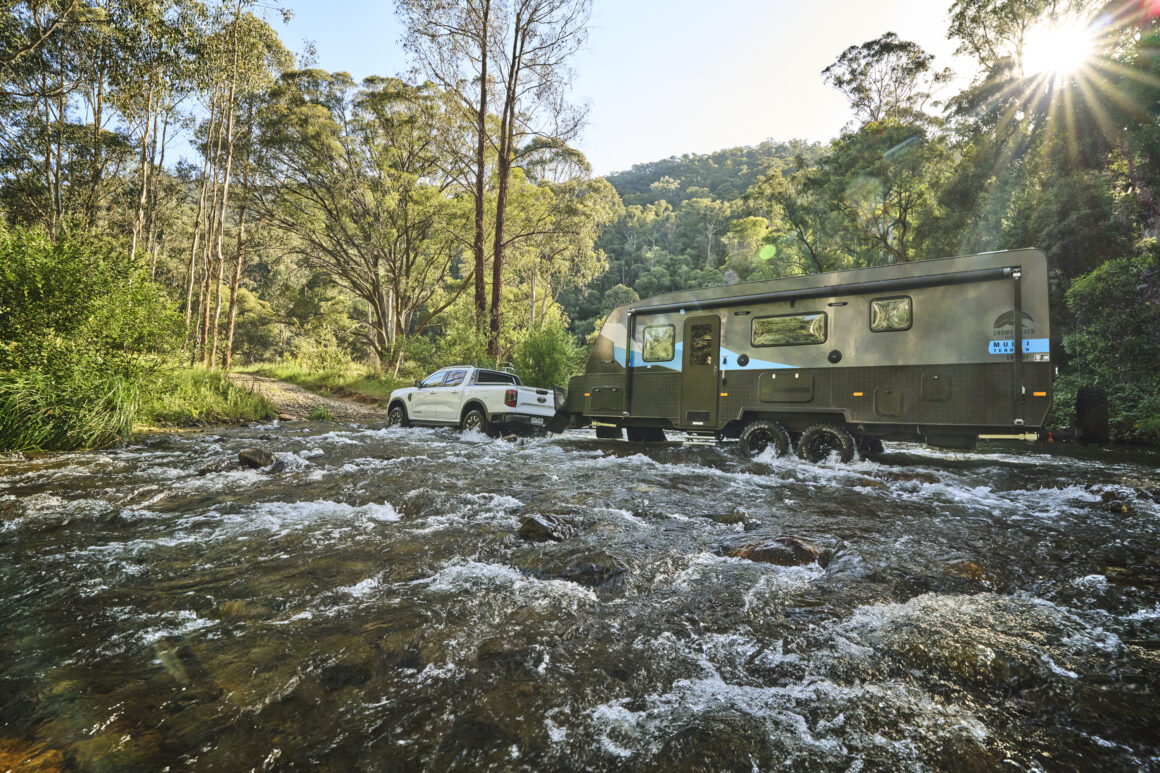
Pro Power Onboard: No More Generators
One of the standout features of the Ranger PHEV is its Pro Power Onboard system. With two 15-amp sockets in the tray and a 10-amp socket in the cabin, you can run everything from a coffee machine to power tools without lugging around a generator.
For remote camping, this is a game-changer. Imagine rolling into camp, plugging in your fridge, lights, and induction cooktop straight into your ute, and never worrying about battery levels again. The system even works with the vehicle locked or while it’s charging, meaning you can leave it running safely while you’re off exploring.
For tradies, the same applies—plug in your tools, charge batteries, and get the job done without needing a secondary power source.
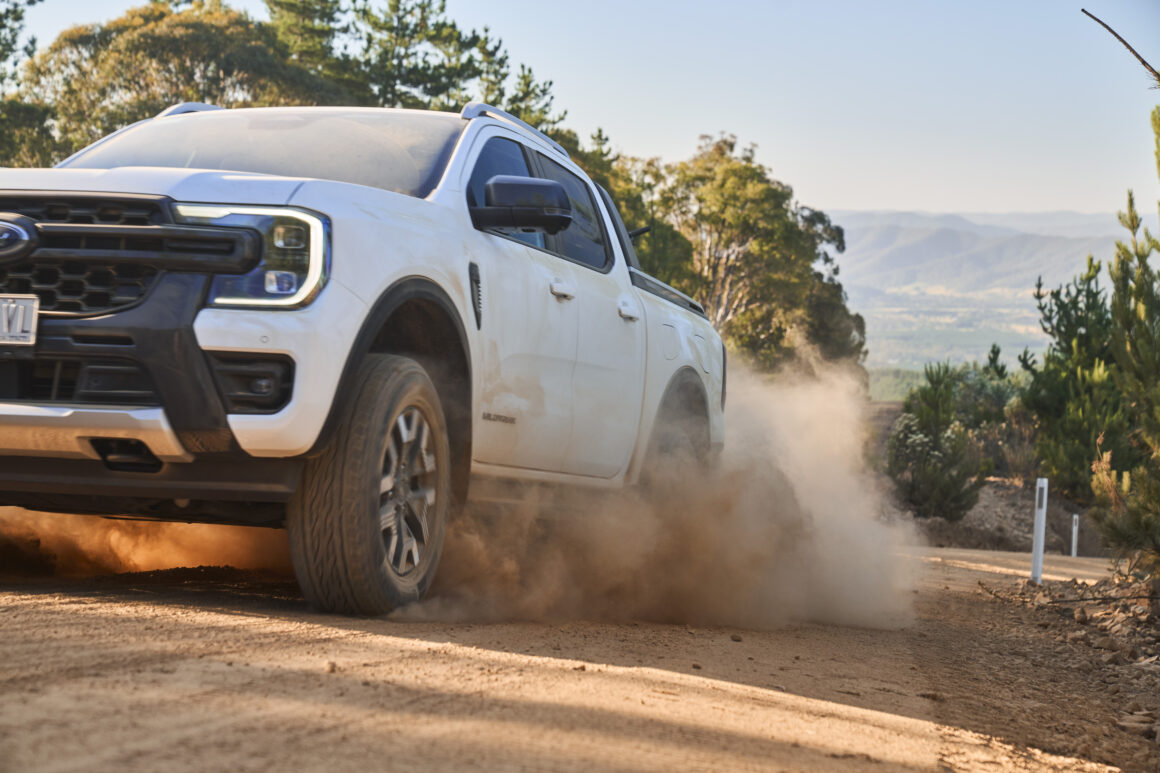
Off-Road Credibility
So, it’s got the power and the economy, but can it still handle the rough stuff? Absolutely.
The Ranger PHEV carries over Ford’s full-time 4WD system with a two-speed transfer case, locking rear differential, and selectable drive modes for tackling mud, sand, and ruts. That means it’s just as capable as any diesel-powered Ranger, but with the added benefit of low-speed precision from the electric motor.
With 800mm of wading depth, a ground clearance of up to 228mm, and an approach angle of 30.2 degrees, there’s no reason the PHEV can’t go wherever a regular Ranger goes. And thanks to the added torque from the hybrid system, crawling over technical terrain should be even easier.
Towing and Payload
Ford knows its customers demand a ute that can haul serious loads, and the Ranger PHEV delivers with a 3,500kg braked towing capacity. That’s on par with the diesel Rangers, but with one big advantage—electric torque means getting moving with a heavy trailer is far easier. Whether you’re towing a caravan, boat, or work trailer, you’ll appreciate the added pulling power.
Payload has also been boosted, with the PHEV offering up to 973kg, making it more capable than any other plug-in hybrid dual-cab on the market.
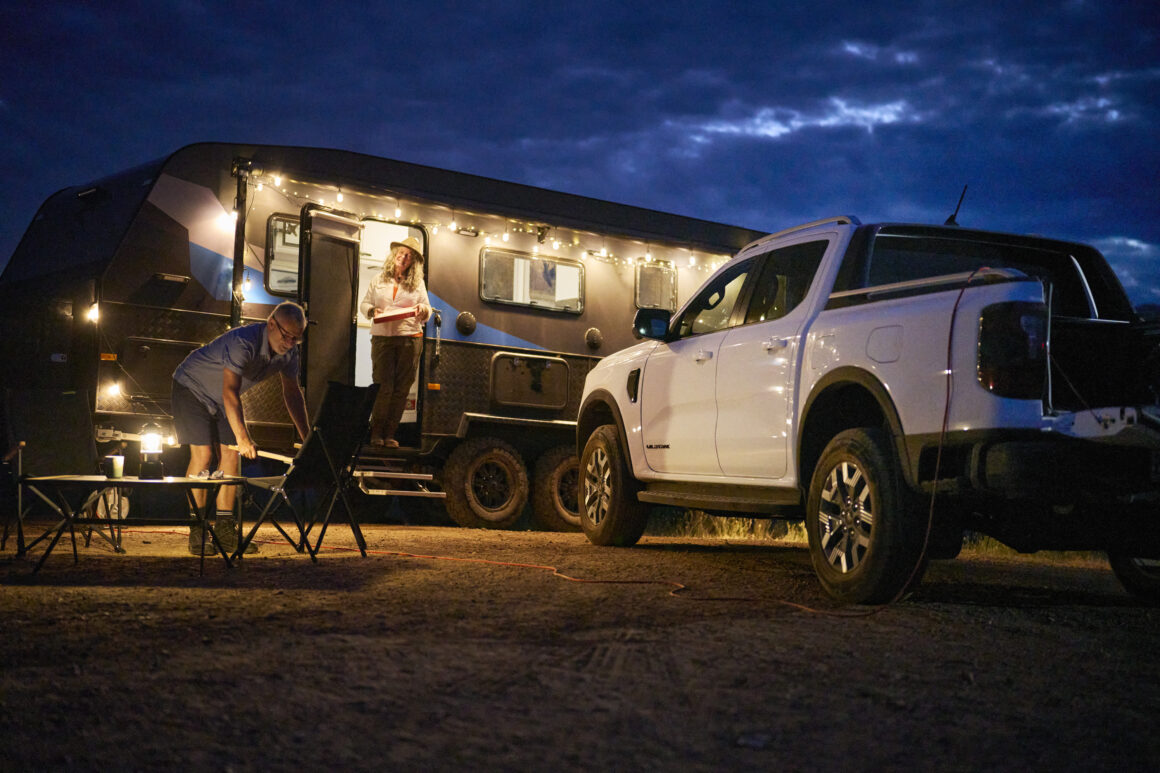
Final Thoughts:
For die-hard diesel fans, the idea of a hybrid Ranger might take some getting used to. But when you break it down, the Ranger PHEV is a smarter, more capable, and more cost-effective option than a V6 diesel—especially for touring and off-roaders.
If you’re in the market for a next-gen Ranger, the PHEV might just be the most practical, powerful, and future-proofed option available. And with more and more hybrid and electric 4X4s on the way, Ford’s decision to lead the charge could be exactly what Australian off-roaders need.



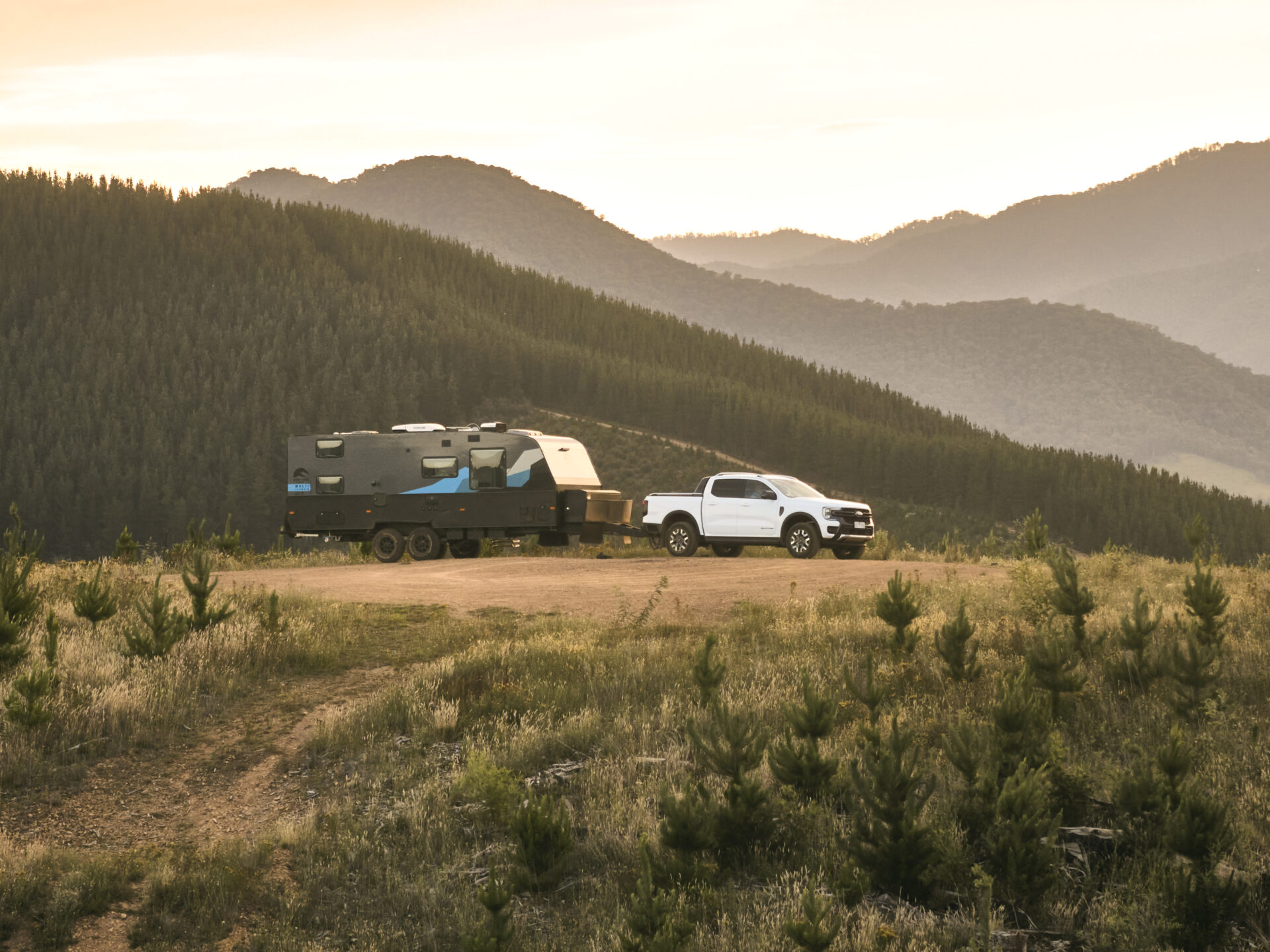

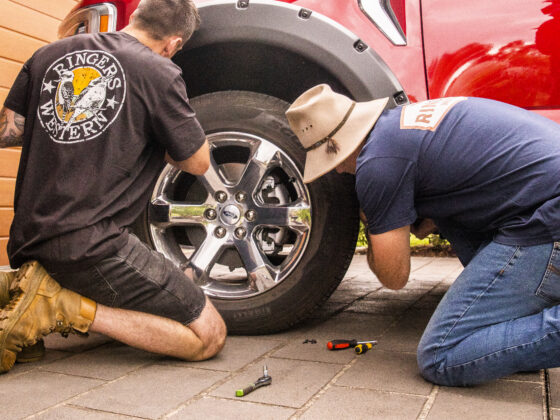


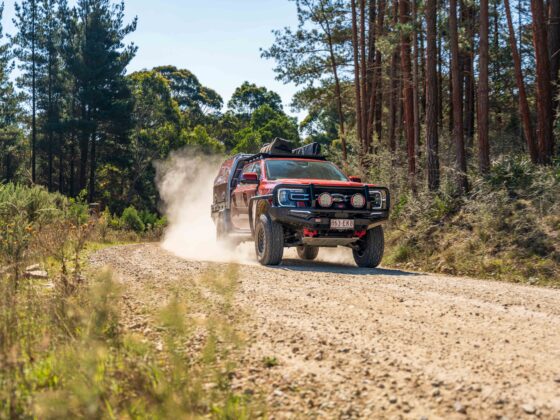

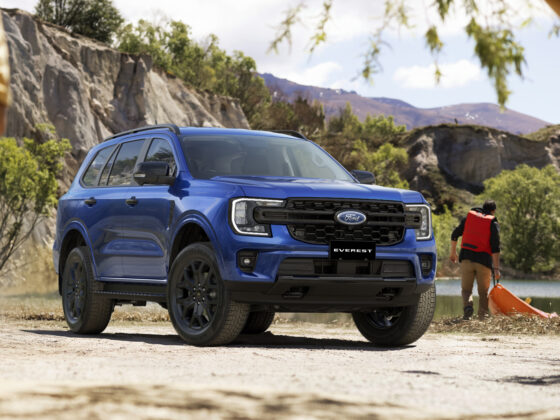
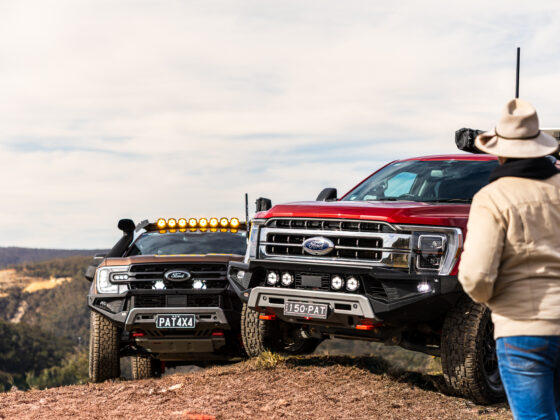

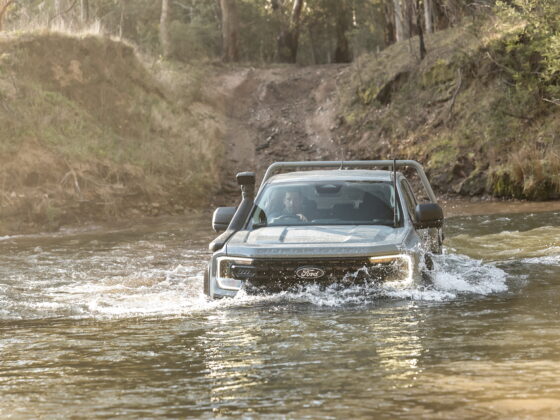
1 comment
Ford bakkies are unbeatable. May someone give their old bakkies I wish to start a solar company here in Eswatini